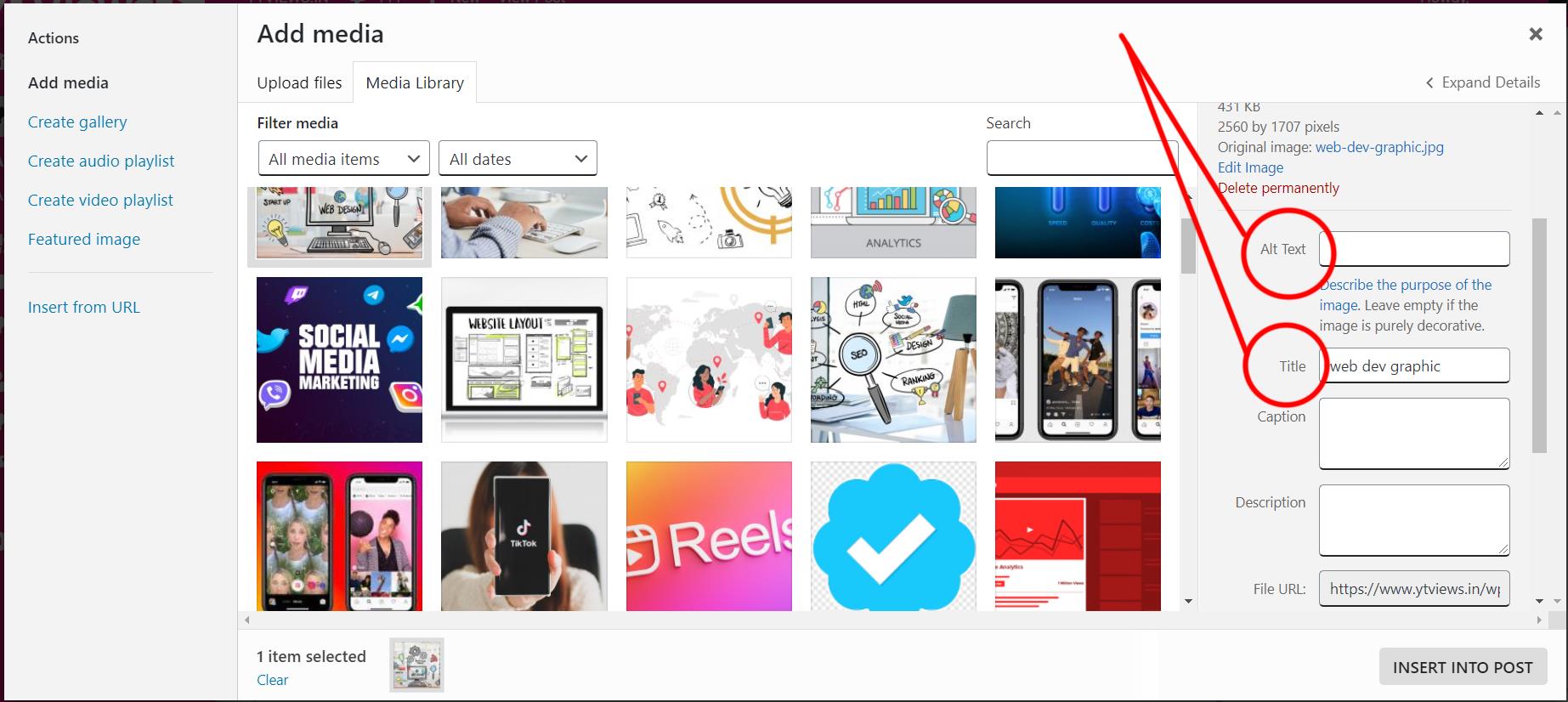Meta Tags, something you shouldn’t overlook
Let’s talk about what meta tags are, why they’re important, and how to use them more effectively. And if you came upon this post through a search engine, there’s a strong chance you did so because of meta tags.
Meta tags are the foundation of search engine optimization, and they’ll be the first thing you set up when creating a website.
If you want to elevate your website’s performance keep reading to find out how; and why you need meta tags for it.

What is a Meta Tag?
Meta tags are words that are buried in your website’s code. Search engines can see them, which is why they’re useful. Users won’t see them as they explore your site, but search engines can. Meta is short for metadata, and it refers to information about your website.
Meta tags are used by search engines to determine what a website is about.
The fundamental distinction between blog post tags and meta tags is their location. Meta tags are always contained within HTML tags and are usually found near the top of the page.
Important aspects of Meta Tags
1. Title Tag
The most visible and concise approach to inform search engines what your site is about is to use a title tag. It’s also the writing in your web browser’s tab, as well as the huge, bold blue lettering in Google search results.
We can influence which of these queries we rank for by altering our title tag. Some users search on a broad-ranged topic while others search for precise, to the point topics. This is the most important part of the title tag as it is the one that was be reflected upon when a person searches for any content.
You are allowed a total of 78 characters so use it wisely.
The first word in your title tag should be the most concise summary of your business. The second word should be related to the first in some way, and so on. Last should be your brand name. A well-written one can boost the number of clicks and traffic, both of which have some bearing on rankings.
2. Meta Description Tag
While this type of tag has no bearing on search rankings, it does play an important function in SEO because it notifies search engines of what your website is about in the form of a brief summary. Each search result has a little black lettered blurb at the bottom. Because users will read it, you’ll want it to be interesting. It looks something like this in the code form:
<meta name=”description” content=” YtViews has its new office in Dubai”/>

A meta description tag should provide a brief, relevant explanation of what a page is about in order to inform and attract users. They function similarly to a sales pitch, persuading the visitor that the page is exactly what they’re looking for.
3. Meta robots
The meta robots tag instructs search engines on whether and how to crawl your website.
This form of metadata acts as an instruction manual for search robots on how to traverse your website. You can code for a variety of instructions. You may tell robots not to index certain photos in Google images, for example, or you can tell them not to show specific pages in search results.
This is how they appear in code: <meta name=”robots” content=”noindex, nofollow”>
“noindex” – Instructs search engines not to index a page, preventing it from appearing in organic search results. This is frequently done for pages that are under construction, contain duplicate content or are otherwise problematic.
“nofollow” – These pages are indexed, but they do not pass page value to the linked page. Affiliate campaigns, significant internal linking, and any other sort of compensated link use the nofollow attribute.
4. Image Alt Tags
Image tags, like title tags, aren’t tagged “meta.” Search engines, link aggregators, and other websites all utilise them to identify your site. Two picture descriptions are essentially squeezed into a single tag.

You’ll be requested to provide the title, caption, alt text, and description when uploading a picture to WordPress.
The more fields you fill out (even if the information is repetitive), the more searchable your photographs will be.
Keep your alt text concise and descriptive, utilise your keywords sparingly, and make sure they blend in organically with the rest of the page’s content.
Conclusion
Meta tags are frequently monitored by an SEO specialist, however, they may be completed by anyone who understands best practices for a website. Anyone working with an internet business can create a “template” once it is defined on how the brand name is displayed and how to determine primary keywords.
When it comes to meta tags, the most important thing to remember is that you don’t want to overcrowd your page. Less is, in reality, more. The best aspect is that Google is quite clear about the criteria it uses to rank websites on the backend.









































